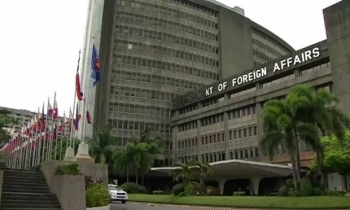China illegally sets up two administrative districts on Vietnam’s archipelagoes
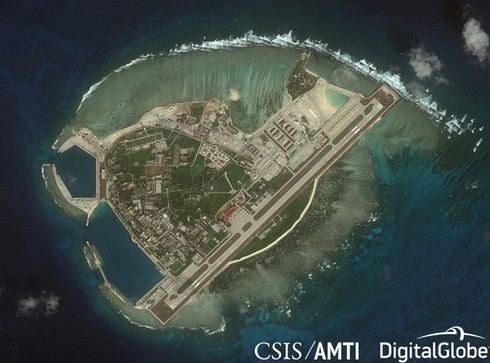 |
| Phu Lam (Woody) island of the Spratly archipelago was illegally occupied by China (Photo: CSIS/AMTI.) |
Accordingly, the Chinese Ministry of Civil Affairs on April 18 announced that the State Council of China has recently approved the establishment of the Xisha and Nansha districts under Sansha city, Hainan province. The Xisha administration will be based in Woody Island, of the Paracel while the Nansha administration will be placed in the Fiery Cross Reef of the Spratly.
This action constitutes a serious violation of international law, especially a clear infringement of Vietnam’s indisputable sovereignty and sovereign rights over the two archipelagoes in South China Sea (Vietnam calls the South China Sea is the East Sea - BienDong)..
The Fiery Cross Reef is one of the seven marine features in Vietnam’s Spratly archipelago where China has illegally built artificial islands and constructed various civilian and military structures.
China has vowed not to militarise the islands, but the action runs counter to what it has already pledged.
 |
| China Global Television Network, or CGTN reports the notice from the Chinese Ministry of Civil Affairs. |
Vietnam has repeatedly asserted its legal sovereignty over the Paracel and Spratly archipelagoes, and at the same time called on China and concerned parties to respect Vietnam's sovereignty in accordance with international law.
At a regular press conference on March 26, Foreign Ministry spokesperson Le Thi Thu Hang stressed, “Vietnam has repeatedly stated it has sufficient historical and legal evidence to prove its sovereignty over the Paracel and Spratly archipelagoes in line with international law. As a result of this legal proof, all activities that take place there must be subject to permission being granted by Vietnam.”
“Vietnam asks China to respect Vietnamese sovereignty by not taking action to increase tensions, complicate the situation, and affect peace and stability in the East Sea and the region, as well as the countries’ ongoing efforts in negotiating the Code of Conduct in the East Sea between ASEAN and China.”
The Permanent Court of Arbitration (PCA), which was constituted under Annex VII to the UN Convention on the Law of the Sea in The Hague, Netherlands, rejected China’s territorial claims in the East Sea known as the 9-dash line.
It was a historic ruling on current East Sea (South China Sea) disputes and set a precedent for international maritime law, VOV stressed.
The PCA ruled against China’s nine-dash line claims and said China has no legal foundation for its claims, which overrun its rights as specified in the UN Convention on the Law of the Sea.
The PCA said no maritime feature in the Spratly Archipelago is able to create an exclusive economic zone (EEZ) for China. The ruling accused China of causing irreparable damage to the coral reef in the Spratly Archipelago.
The PCA’s ruling on the legal status of a number of islands in the Spratly archipelago based on Article 121 of the UN Convention on the Law of the Sea (UNCLOS) also rejects China’s vague claim of sovereignty over certain entities in the Spratlys.
The PCA ruled that entities, including Mischief Reef, Subi Reef, Gaven Reef, Fiery Cross Reef, Hugh Reef, and the Second Thomas Shoal are not islands so they are not entitled to a 200 nautical mile sea area under UNCLOS./.
 | WUHAN LAB: Mystery deepens over the source of the coronvirus? A look at the Wuhan Institute of Virology, a Chinese high-security bio-safety laboratory at the heart of the coronavirus scandal. |
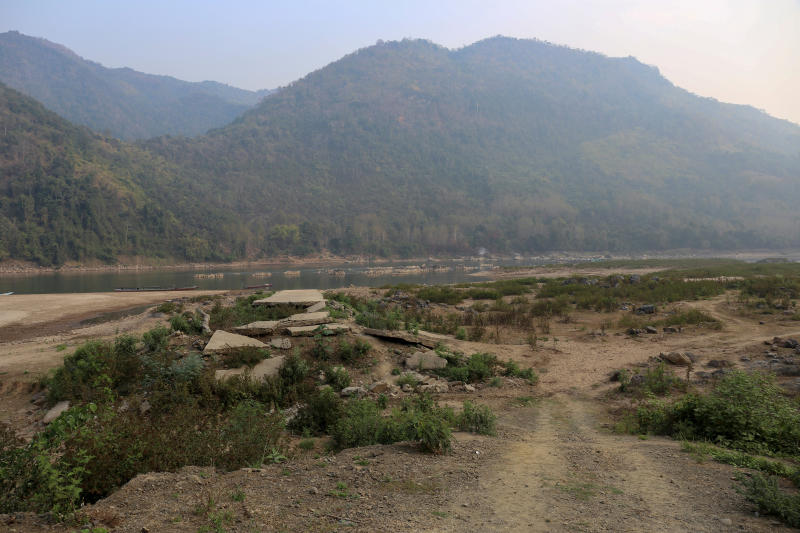 | Mekong river groups urge China should have had a sense of international responsibility after dam report A research and consulting company Eyes on Earth Inc.,in its study said that according to satellite data 11 Chinese dams held back water at a ... |
 | Reuters: Chinese Haiyang Dizhi 8 survey vessel returns to Vietnam's EEZ The Chinese Haiyang Dizhi 8 survey vessel has returned to waters within Vietnam’s Exclusive Economic Zone (EEZ), Reuters cited ship tracking data on April 14. |
 Seas and islands
Seas and islands
Vietnam Demands China Respect The Country's Sovereignty in East Sea
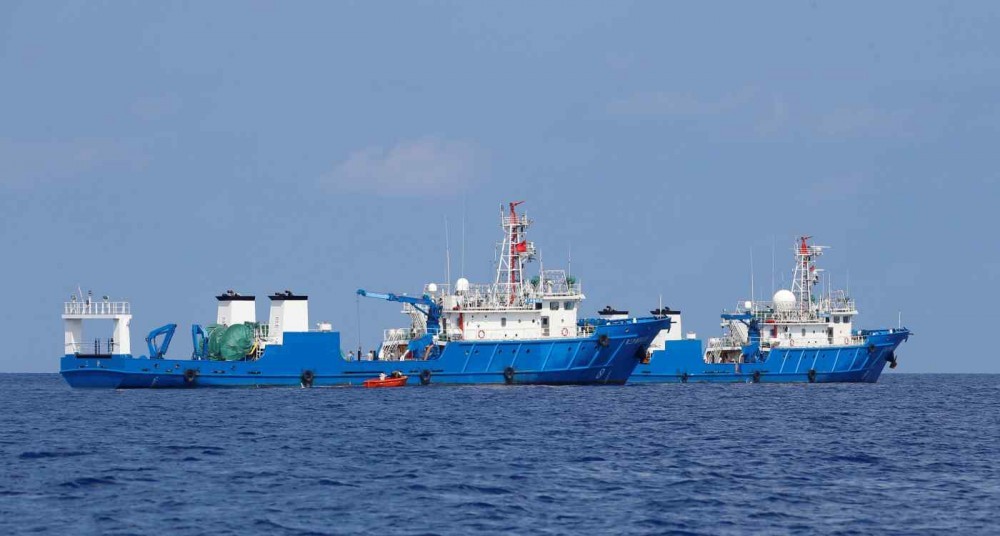 Focus
Focus
Promoting Substantive And Effective Code of Conduct in The South China Sea
Recommended
 Seas and islands
Seas and islands
Vietnam Endorses Common Voice on Ocean Jurisdiction
 Seas and islands
Seas and islands
Dialogue as Key to Settling Disputes and Advancing Law of the Sea
 Seas and islands
Seas and islands
RoK Navy Ship Pays Friendly Visit to Da Nang City
 Seas and islands
Seas and islands
Naval Region 5 Promotes Reading Culture, Fosters Patriotism
 Seas and islands
Seas and islands
Coast Guard Region 2 Command Hosts Philippine Coast Counterpart
 Seas and islands
Seas and islands
Vietnam - Thailand Navy: Coordination to Well Address Problems at Sea
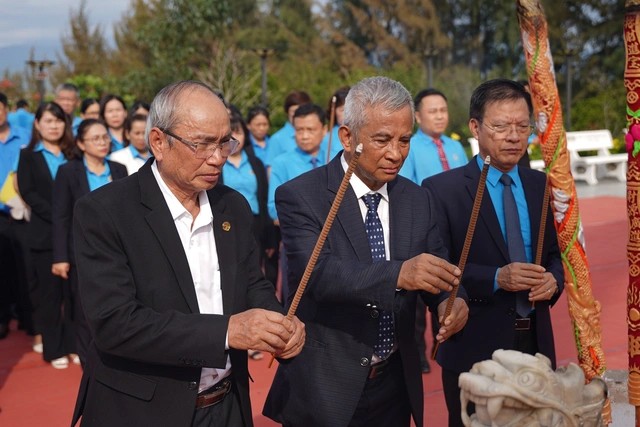 Seas and islands
Seas and islands
Honoring the Fallen: Incense Offering for the 37th Anniversary of Gac Ma
 Seas and islands
Seas and islands



